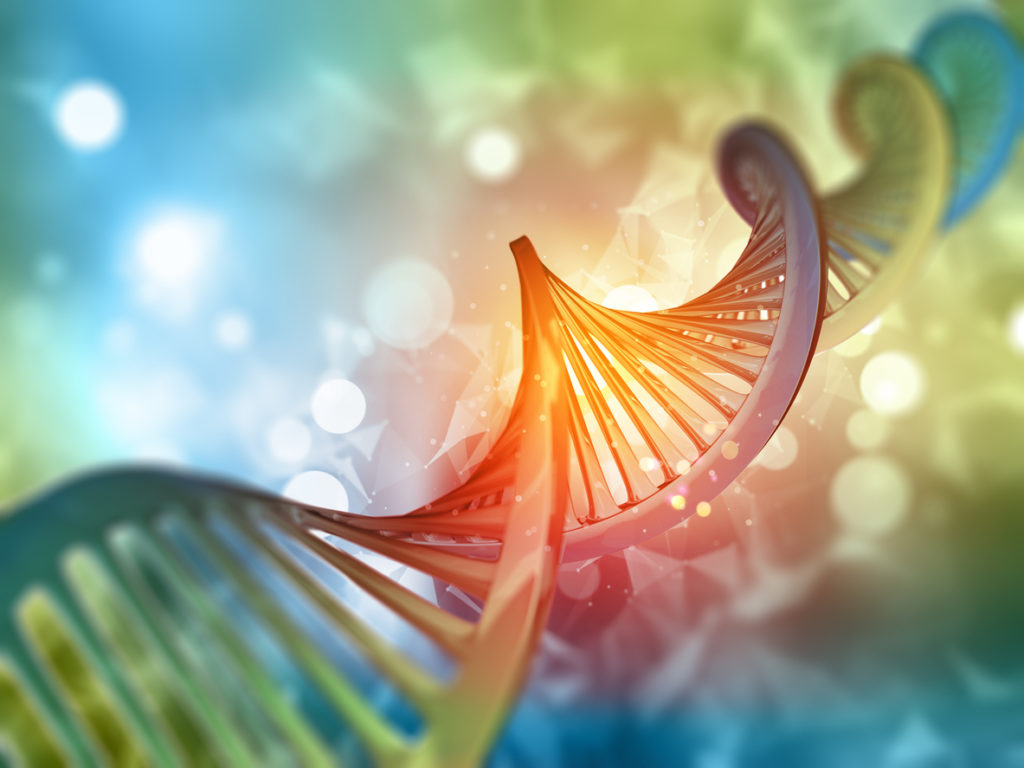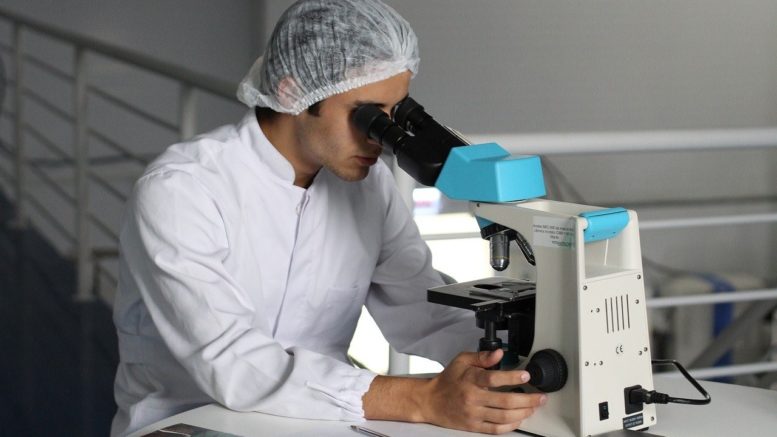Genome sequencing has already proven itself to be extremely useful as a method for diagnosing COVID-19, but its potential goes far beyond that. Medical researchers are using genome sequencing to better understand the original SARS-COV-2 virus, as well as its several variants, which are now running rampant.
Although the work is still incomplete, research teams are making rapid advances at a record pace. Everything we know about the viral strains are being augmented with more data every day, enabling us to better expect, prepare for, and control the outbreaks. Stay with us as we briefly introduce various aspects of the genomic sequencing process and how it is being used for fighting against COVID-19. More info can be found here: https://www.paragongenomics.com/applications/infectious-disease/coronavirus-research/
What Exactly is a Genome?
A genome refers to the entire set of instructional, genetic information contained inside the DNA strands of any particular lifeform. This information and its effects are not yet fully understood, but the little that has been revealed is enough to suggest that the genome of a lifeform contains instructions that determine every aspect of that being’s development, from growth to death.

Doe the SARS-COV-2 Virus Have a Genome?
This seemingly simple question is difficult to answer because it involves a virus. All viral strains are impossible to define by any universal, biological standards that apply to even unicellular organisms. SARS-COV-2 and all other viruses belong to a contradictory parasitic group that exists between the non-living and living, which is why a traditional definition of a genome does not apply to a virus. Many of them do not even have double-strands of DNA, and the COVID-19 virus itself only has a single strand of RNA with just 30,000 codes (quad-nucleotide arrangement patterns) in it.
The good news is, even though it may not qualify according to the usual standards of a classic genome, the information contained inside the coronavirus’ RNA strand still has all the instructions that guide all its actions from activation to multiplication. As a result, genome sequencing methods hold great promise in our fight against the coronavirus.
How is Genomic Sequencing Used to Diagnose COVID-19?
Every DNA or RNA strand has four nucleotides or nitrogenous bases in varying sequences and arrangements. Each collective sequencing of the four nucleotides is termed as a letter or code. Genomic sequencing refers to the methods involved in decoding and deciphering those base arrangement patterns within each of the codes, aka letters. Researchers are using the same principle to decipher critical information from the 30,000 genetic codes, which are contained within a single SARS-COV-2 RNA strand.
However, it is to be noted that deoxyribonucleic acid (DNA) strands always have the nitrogenous bases the four nucleotides adenine (A), thymine (T), guanine (G), and cytosine (C), but ribonucleic acid (RNA) strands do not have thymine (T) in their codes. Instead, all letters in an RNA strand are made up of adenine (A), guanine (G), cytosine (C) and uracil (U) sequences. As a result, adjustments must be made to the usual genome sequencing process, but this derivative actually makes the task comparatively simpler.
How Does Genome Sequencing Help with Estimating and Controlling COVID – 19?
To explain the relationship between genetic sequencing and epidemic control, we will divide the section up along the following lines.

Identifying and Categorizing Local and Foreign Strains
In 2021, there are now several different variants of the original SARS-COV-2 virus, which itself was the result of an anomalous mutation. The genetic sequences are similar but different enough in each strain to be categorized separately. Most nations now have a fairly extensive collection of each viral strain’s genome sequence and comparing them has been made fairly easy on a global scale. Consequently, genome sequencing has made it possible to immediately compare, identify, and categorize a COVID-19 patient in accordance with the virus that has infected them.
Following Transmission Chains and Estimating Future Impacts
The same data is then used to trace back each strain to patient zero, and determine its origin for a better medical approach. Past data about viral outbreaks that were caused by human coronaviruses sharing certain crucial similarities (SARS being the best example) with the SARS COV-2 virus can help scientists estimate how the epidemic may progress in a particular geographical location.
These facts should make it clear as to why sequencing data is so important right now. Genome sequencing of viral strains is an ongoing research process, which will continue to prove essential for keeping COVID-19 under check. More is expected from the data though, once the interpretations are complete.
